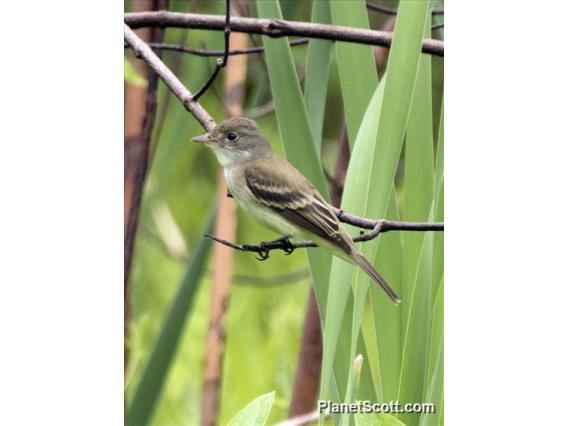Alder Flycatcher (Empidonax alnorum)

Alder Flycatcher (Empidonax alnorum)
×


Alder Flycatcher (Empidonax alnorum)
About Alder Flycatcher (Empidonax alnorum)
- Kingdom: Animals
- Phylum: Chordates
- Class: Birds
- Order: Perching Birds
- Family: Tyrant Flycatchers
The alder flycatcher is a small insect-eating bird in the tyrant flycatcher family. The genus name Empidonax is from Ancient Greek empis, "gnat", and anax, "master". The specific alnorum is Latin and means "of the alders".
Source: Wikipedia
Visits
-
2006-11-11
Sani Lodge, Ecuador -
2012-07-09
Sax-Zim Bog, United States of America -
-
-
-
-
-
-
-
2021-05-24
Montrose Point, United States of America -



